Anti-static
Anti-static
Anti-static in Packaging
When it comes to packaging, the term anti-static is crucial. It refers to materials designed to prevent static electricity buildup. Static electricity can damage sensitive electronic components during shipping and handling.
Why is Anti-static Important?
Static electricity can cause significant harm to electronic devices. An anti-static packaging material helps to protect these items. It ensures that static charges do not accumulate and discharge, which can lead to device failure.
Types of Anti-static Packaging
There are several types of anti-static packaging materials. These include anti-static bags, foams, and bubble wraps. Each type serves a specific purpose, depending on the level of protection needed.
How Does Anti-static Packaging Work?
Anti-static materials work by dissipating static charges. They are often coated with a special substance that neutralizes static electricity. This ensures that any static charge is safely discharged away from sensitive components.
Applications of Anti-static Packaging
Anti-static packaging is widely used in the electronics industry. It is essential for shipping computer parts, mobile phones, and other electronic devices. By using anti-static materials, companies can reduce the risk of damage during transport.
Conclusion
In summary, anti-static packaging is vital for protecting electronic components. It prevents static electricity buildup, ensuring safe transport and handling. Always consider anti-static options when dealing with sensitive electronics.
Blog Posts with the term: Anti-static

LDPE bags are versatile and durable packaging solutions made from Low-Density Polyethylene, suitable for a wide range of applications including food packaging, medical supplies, retail merchandise, industrial parts, and agricultural products. They offer benefits such as cost efficiency, protective qualities...
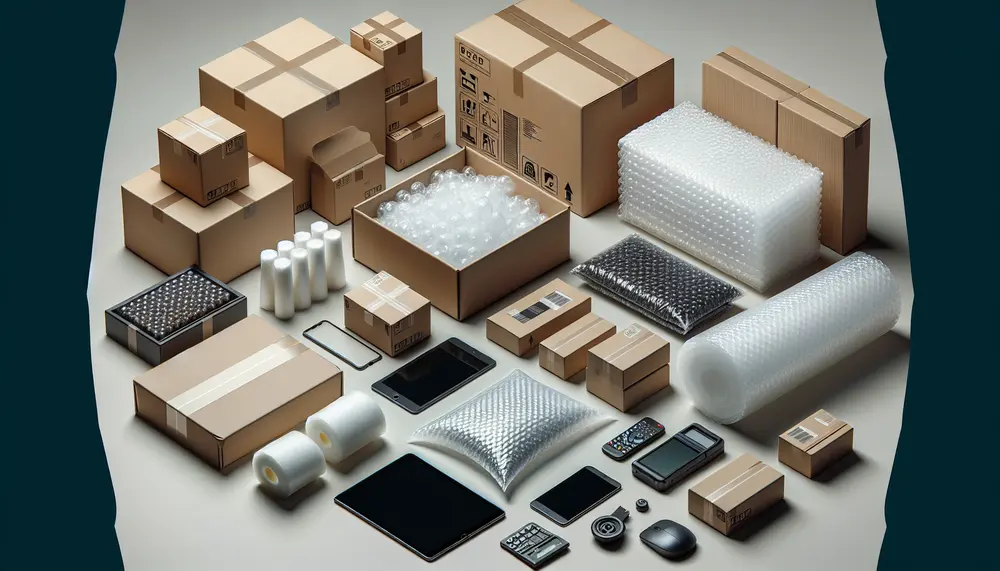
Effective electronic packaging is essential for protecting devices during transport and storage, impacting customer satisfaction and brand reputation. A guide to materials like plastic cushioning, thermoformed plastics, shielding bags, foams, and desiccants helps in selecting the right protection based on...

Protective packaging involves materials and methods to safeguard products from damage during shipping, handling, and storage. It is crucial for maintaining product integrity, reducing costs associated with returns and replacements, ensuring compliance with regulations, protecting against environmental factors, enhancing customer...

Packing peanuts are used in packaging to fill empty spaces, prevent movement, and absorb shocks during shipping. They come in various materials including Styrofoam and eco-friendly options like biodegradable starch-based peanuts, with TOTALPACK® offering high-grade reusable types. The environmental impact of...

LDPE film is a flexible, transparent thermoplastic used extensively in packaging for its chemical resistance and moisture barrier properties, which are crucial across industries like food, pharmaceuticals, and agriculture. It stands out due to its recyclability and balance of protection,...

Plastic barriers are essential in packaging for product protection and preservation, involving polymers with specific properties to prevent permeation of gases, moisture, and chemicals. They come in various forms like films or coatings and must be carefully selected based on...
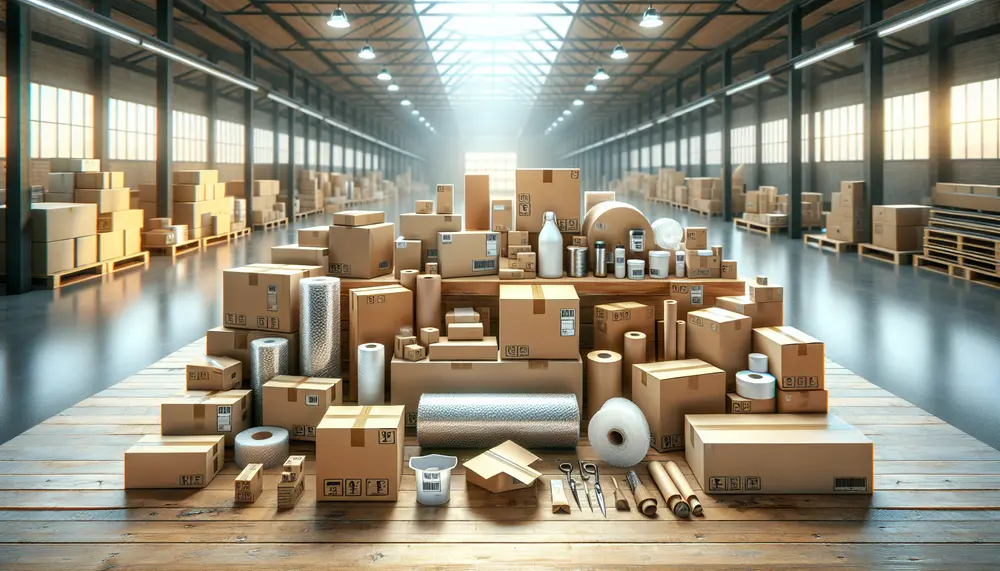
Packaging resources are crucial for product protection, quality preservation, consumer information, and branding; they include materials, design tools, services, and smart technologies. Businesses must tailor their packaging strategy to balance practicality with innovation by selecting appropriate materials and maintaining efficiency...
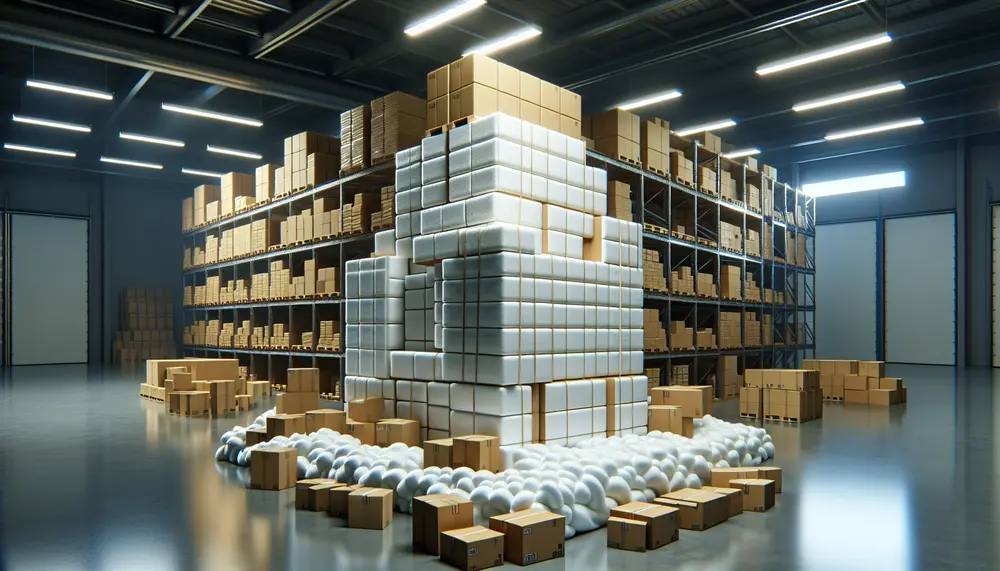
Heavy duty packing foam, made from high-density polyethylene (PE) or polyurethane (PU), provides excellent cushioning and shock absorption for a wide range of items, ensuring damage-free deliveries. Its benefits include superior protection, versatility, durability, cost-effectiveness, lightweight nature, and ease of...
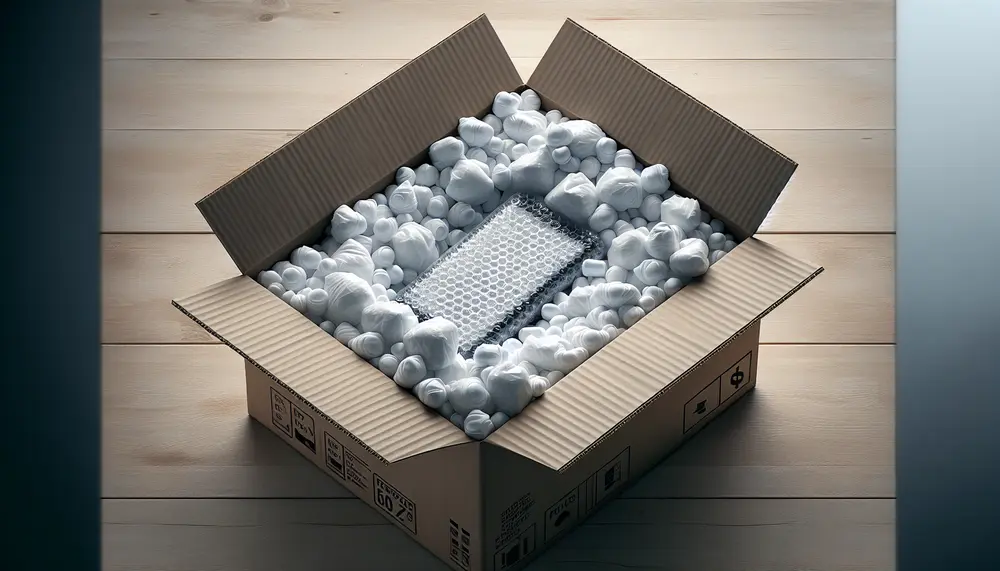
Packaging chips, also known as packing peanuts or void fill, are essential for cushioning and protecting products during shipping by absorbing impacts and filling empty spaces in boxes. Different types of packaging chips include polystyrene foam, starch-based biodegradable options, recycled...

Kraft paper is a strong and versatile packaging material known for its durability, minimal chemical treatment, and distinctive brown color that appeals to eco-conscious consumers. It's produced through the kraft process which preserves long fibers of pulp, enhancing tear resistance...
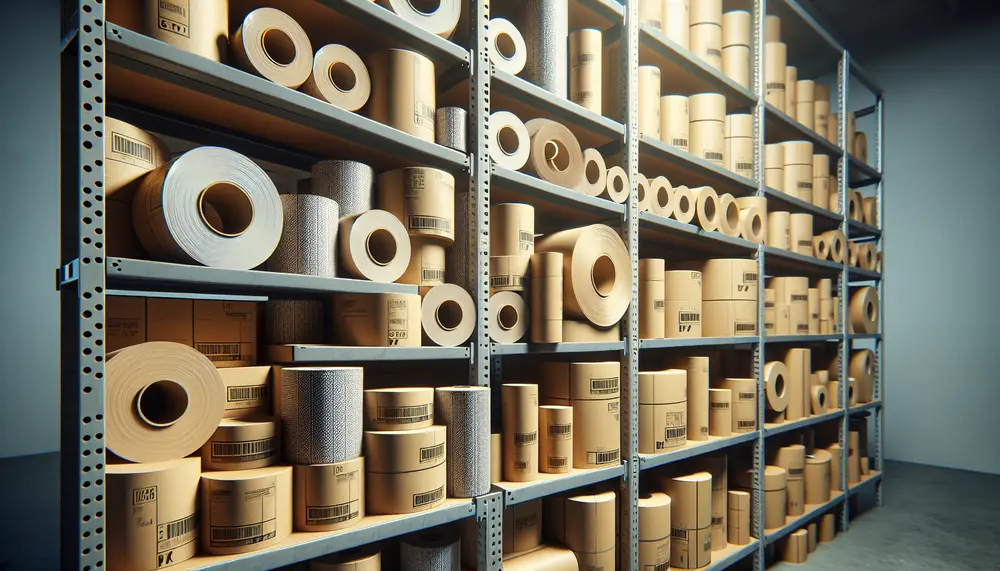
Packaging rolls are essential for product protection, efficiency, and cost reduction across various industries. They offer customizability to meet specific needs such as material strength and transparency. Different types of packaging rolls cater to unique industry requirements with materials like biodegradable...

Aluminum-coated packaging offers extended shelf life and protection against environmental factors, with applications across various industries due to its barrier properties, lightness, and premium look. It has both advantages like energy efficiency and recyclability as well as disadvantages including environmental...
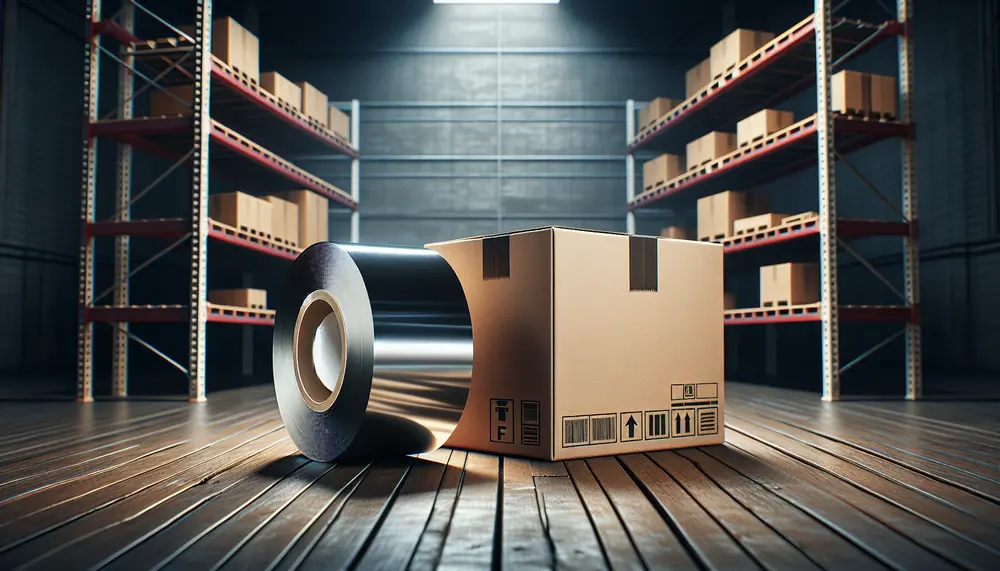
Stretch film, a highly elastic plastic wrap used for securing items during transport or storage, comes in various types and has evolved with technology to offer improved durability and efficiency. Innovations include nano-hybrid films, intelligent tracking features, automated application systems,...

Protective packaging is crucial for preventing damage, enhancing customer satisfaction, reducing returns, improving brand image, and complying with regulations. Innovative solutions like smart packaging, eco-friendly materials, custom foam inserts, air cushioning, reinforced corrugated boxes, thermal packaging, recycled paper products offer...

Protective packaging for electronics is essential to safeguard devices from damage during shipping, handling, and storage by using materials like anti-static bags, foam inserts, bubble wrap, desiccants, and aluminum barrier films. These solutions prevent physical damage, moisture intrusion, static electricity...
